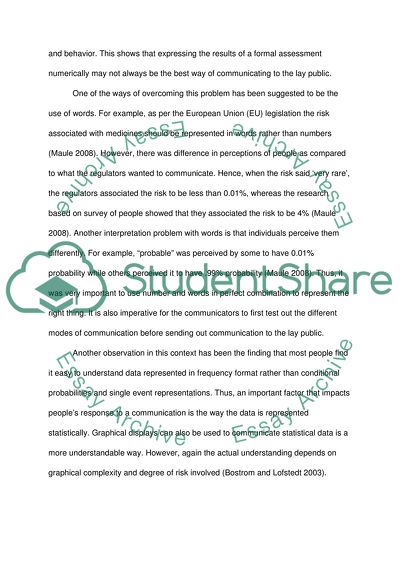Cite this document
(A Successful Communications Strategy and Risk Comparison Research Paper, n.d.)
A Successful Communications Strategy and Risk Comparison Research Paper. Retrieved from https://studentshare.org/people/1736854-management-decsion-making
A Successful Communications Strategy and Risk Comparison Research Paper. Retrieved from https://studentshare.org/people/1736854-management-decsion-making
(A Successful Communications Strategy and Risk Comparison Research Paper)
A Successful Communications Strategy and Risk Comparison Research Paper. https://studentshare.org/people/1736854-management-decsion-making.
A Successful Communications Strategy and Risk Comparison Research Paper. https://studentshare.org/people/1736854-management-decsion-making.
“A Successful Communications Strategy and Risk Comparison Research Paper”, n.d. https://studentshare.org/people/1736854-management-decsion-making.


